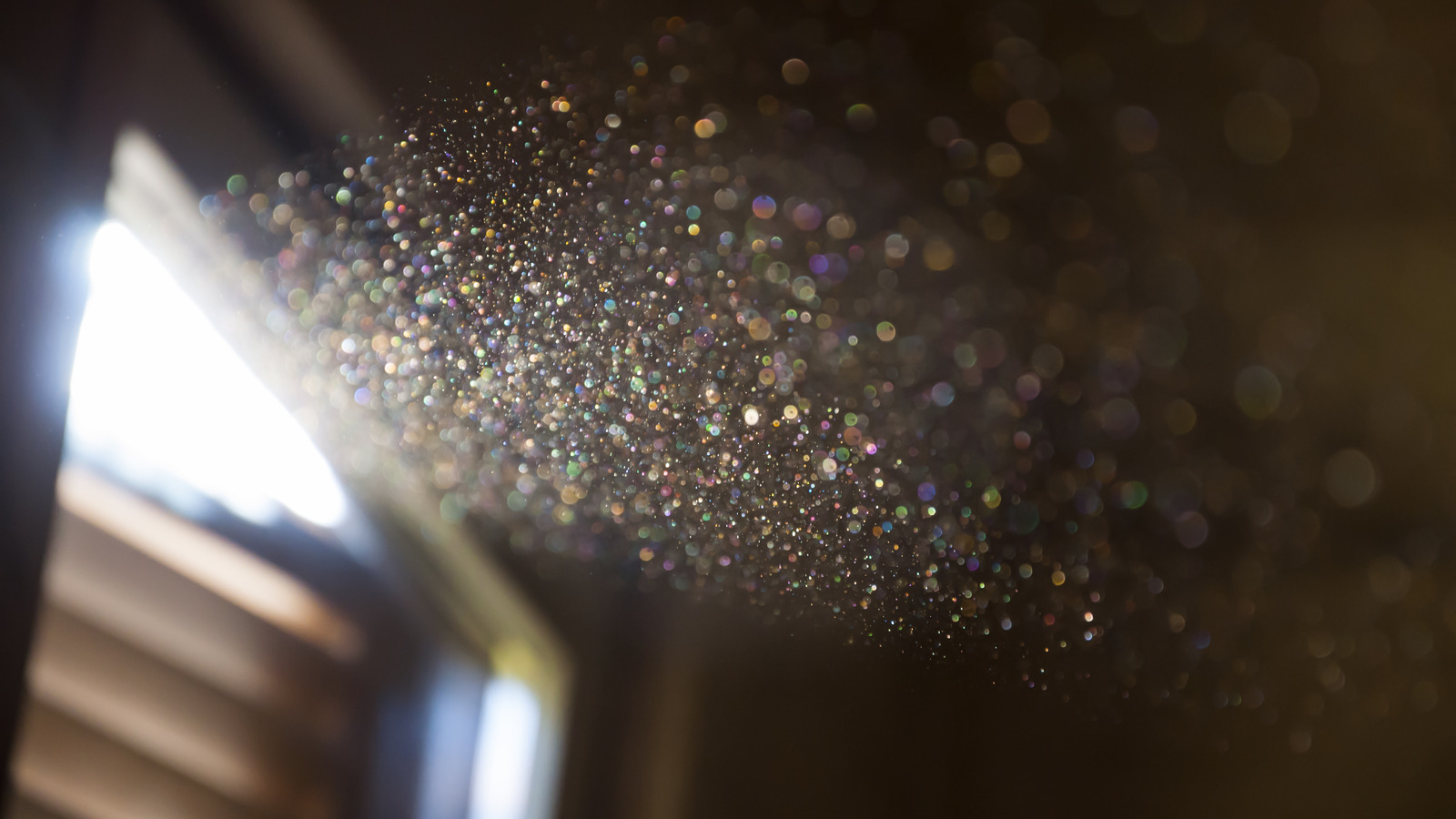How Does Dust Form In A Closed Room
How Does Dust Form In A Closed Room - Hidden places dust collects in your home. Yet, you clean and clean, but the dust in your bedroom doesn't seem to go away. Dust particles in your home can be made of a combination of dead skin and hair cells, dust mites, pet dander, mold, dead insects, outdoor pollen, food debris, and more. Clean from top to bottom. It’s often visible as gray specks or as tiny balls of fluff. Web as proteins and cells split and break down on our skin, particles are slowly let go, and dust is created. Regular dusting and vacuuming can help keep the dust level down. It's not falling because it's cold in an absolute sense. The main indoor culprits are fabric fibers, skin flakes, and pet dander. And is pollen residue the same as dust?
Any room in your house could have dust accumulation as dust is everywhere. Insufficient airflow can lead to dust accumulation. What happens when you breathe in dust particles? Reduce the dust tracked into the house by using door mats and taking off shoes and coats when entering the house. Web much of indoor dust is comprised of the waste of dust mites, who need moisture to survive and reproduce. While most of your dead skin cells go down the drain when you take a bath, some of them may float around in the air and act as magnets for dust mites. One of the most common sources of dust in a closed room is human skin cells.
Pets contribute to dust in the home. Reduce the dust tracked into the house by using door mats and taking off shoes and coats when entering the house. You are one of the sources of dust in your home — but this is normal. What happens when you breathe in dust particles? Web lastly things degrade in general and cause dust particles.
Use microfiber cloths to dust. Web dust primarily consists of dead skin cells, hair, mites, mite body parts, microplastics, and microbes. The main indoor culprits are fabric fibers, skin flakes, and pet dander. Dust particles in your home can be made of a combination of dead skin and hair cells, dust mites, pet dander, mold, dead insects, outdoor pollen, food debris, and more. And what are the best dusting techniques?ange. Change your air filter and clean the ceiling fan regularly.
Carpets and rugs are another major sources of dust. Web what happens in a closed system is just what's called convection. Pollen, soil, and particulate matter. Some of which may be a complete surprise to you. Anything organic and capable of decay creates dust.
Below are the main culprits for why your bedroom is so dusty. Humidity affects the number of allergens in indoor air. Web unveiling the origins of dust in closed rooms • the dust mystery • discover the surprising sources of dust in closed rooms and how to combat it for a cleaner. Web much of indoor dust is comprised of the waste of dust mites, who need moisture to survive and reproduce.
If You Have Noticed That Your Home Seems Dustier Than It Should, There May Be A Surprise Culprit:
Web unveiling the origins of dust in closed rooms • the dust mystery • discover the surprising sources of dust in closed rooms and how to combat it for a cleaner. Hidden places dust collects in your home. Most of the pollutants in dust originate outside and enter through open windows, leak in through cracks around windows and doors, or are tracked in on shoes or stuck to clothes. Wash bedding and vacuum carpets and rugs often.
It's Not Falling Because It's Cold In An Absolute Sense.
One of the most common sources of dust in a closed room is human skin cells. Insufficient airflow can lead to dust accumulation. What happens when you breathe in dust particles? Web why does this happen?
And What Are The Best Dusting Techniques?Ange.
If some part of your room is getting heated faster than the rest of the room then the air there will rise. Humans shed dead skin cells constantly and those tiny particles accumulate to form dust. Lack of airflow can mean a serious dust problem, especially in carpeted homes with upholstered furniture. Below are the main culprits for why your bedroom is so dusty.
Dust Is Made Up Of Dead Skin Cells, Hair, And Clothing Fibers.
And where does dust come from? The main indoor culprits are fabric fibers, skin flakes, and pet dander. Dust can form from pretty much anything that flakes or dries out. Yes, you've read it right.






